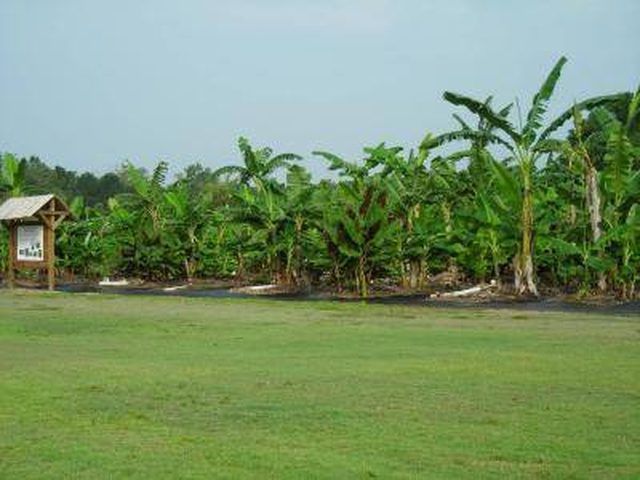Bulbs
Flower Basics
Flower Beds & Specialty Gardens
Flower Garden
Garden Furniture
Garden Gnomes
Garden Seeds
Garden Sheds
Garden Statues
Garden Tools & Supplies
Gardening Basics
Green & Organic
Groundcovers & Vines
Growing Annuals
Growing Basil
Growing Beans
Growing Berries
Growing Blueberries
Growing Cactus
Growing Corn
Growing Cotton
Growing Edibles
Growing Flowers
Growing Garlic
Growing Grapes
Growing Grass
Growing Herbs
Growing Jasmine
Growing Mint
Growing Mushrooms
Orchids
Growing Peanuts
Growing Perennials
Growing Plants
Growing Rosemary
Growing Roses
Growing Strawberries
Growing Sunflowers
Growing Thyme
Growing Tomatoes
Growing Tulips
Growing Vegetables
Herb Basics
Herb Garden
Indoor Growing
Landscaping Basics
Landscaping Patios
Landscaping Plants
Landscaping Shrubs
Landscaping Trees
Landscaping Walks & Pathways
Lawn Basics
Lawn Maintenance
Lawn Mowers
Lawn Ornaments
Lawn Planting
Lawn Tools
Outdoor Growing
Overall Landscape Planning
Pests, Weeds & Problems
Plant Basics
Rock Garden
Rose Garden
Shrubs
Soil
Specialty Gardens
Trees
Vegetable Garden
Yard Maintenance
How to Grow Fruit Trees in Georgia
How to Grow Fruit Trees in Georgia. Georgia is a wonderful state for growing fruit trees. However, because of the varied climate found throughout the state from north to south, different fruits might do well in one area but not the next. It is a generally warm and humid climate with plenty of sunshine and rare frosts so fruits that like the heat...

Georgia is a wonderful state for growing fruit trees. However, because of the varied climate found throughout the state from north to south, different fruits might do well in one area but not the next. It is a generally warm and humid climate with plenty of sunshine and rare frosts so fruits that like the heat are generally better suited for this area. Here are a few things to consider.
Determine what USDA climate zone you are located in. There is a difference between northern Georgia and southern Georgia just as there is a difference between western and eastern parts of the state. There is a USDA Plant Hardiness Zone map online that you can reference for your particular area.
Check what kind of soil you have. If you have the common red clay of many parts of Georgia, some fruit trees like apples and pears will just slowly die since they need better draining and loamy soil. If you have coastal sandy soil, citrus trees might thrive if you have the heat they need. Of course, you can build up the soil around your trees, but generally, the more suited the tree is to the area, the less pests and diseases will crop up.
Choose from a variety of trees for your area. For instance, there are apples, pears and plums that have been developed to grow in warmer climates and might be good for northern Georgia. You can check with your local nursery and see what they are selling to the general public. If you are in the southern side of the state, think about citrus trees, maybe even pomegranates, bananas and figs.
Check with local forums and blogsites to see what other people are growing. It is one thing to plant a tree and it is another to have the tree grow into a healthy productive fruit tree. There are great website blogs developed for specific areas where actual people will write in what has done well in their yard. Most people think peaches when asked about Georgia but also think about persimmons, blueberries, passion fruit, kiwi, and paw paws that love the heat.
Experiment in your own backyard. Sometimes, the micro-climate of your area might be different from the rest of the state. For instance, if you live next to the coast, the water might buffer the temperature of your property. On the other hand, if you are in a valley, you might experience cooler temperatures that surrounding neighborhoods. Try different varieties of fruit trees that should grow in the climate of your yard, and not just the state.